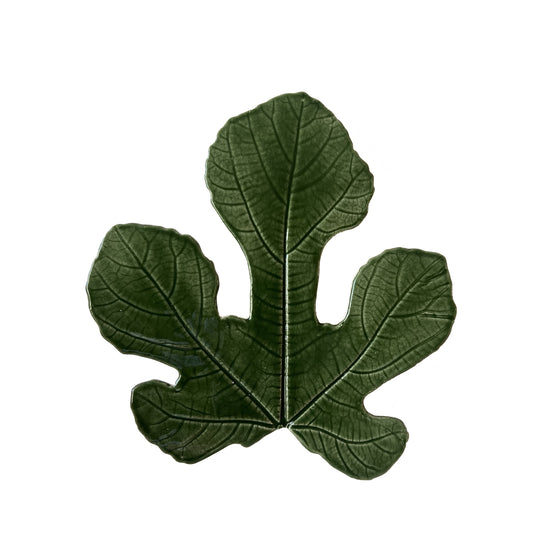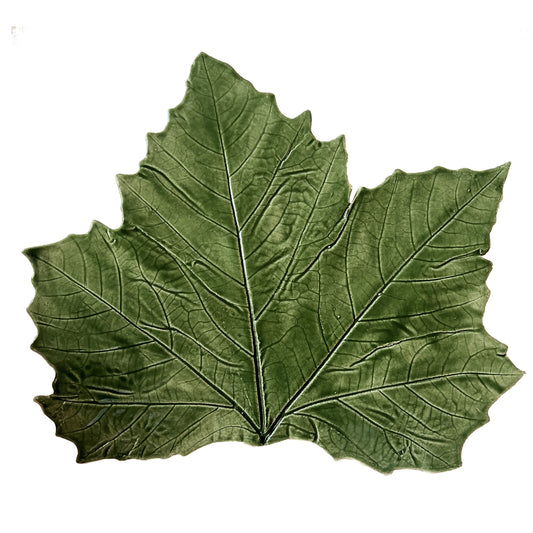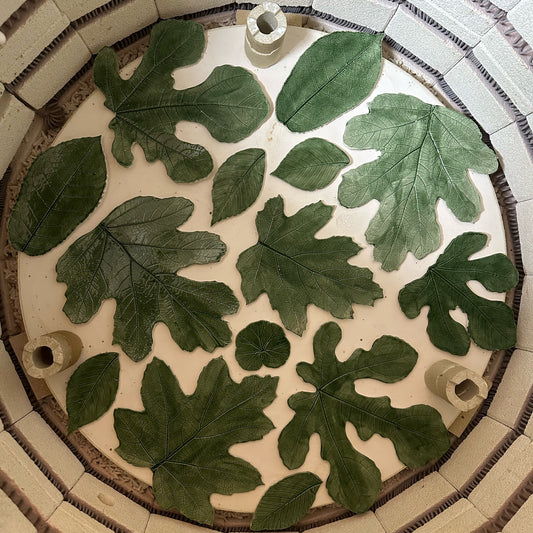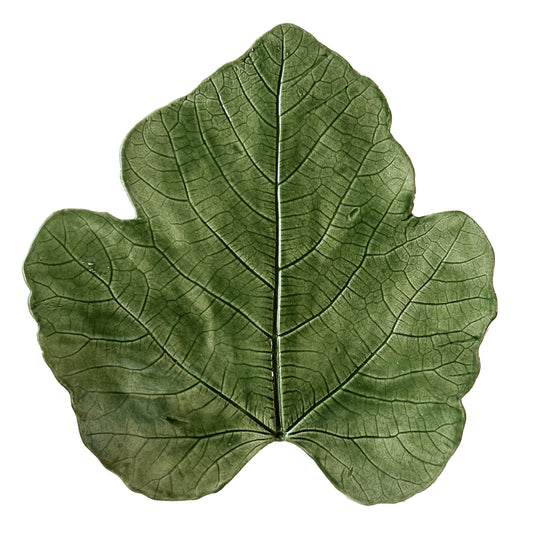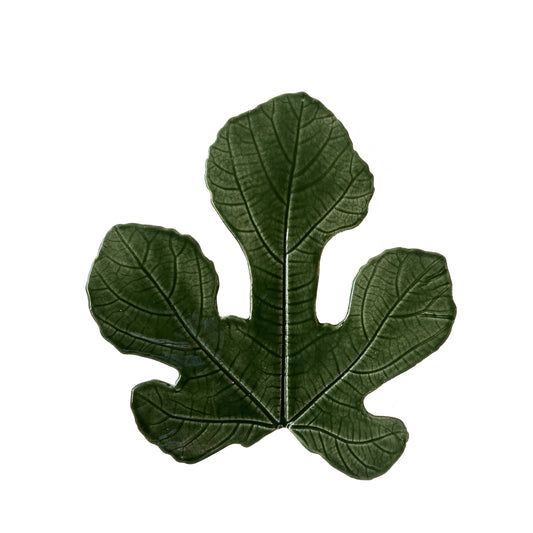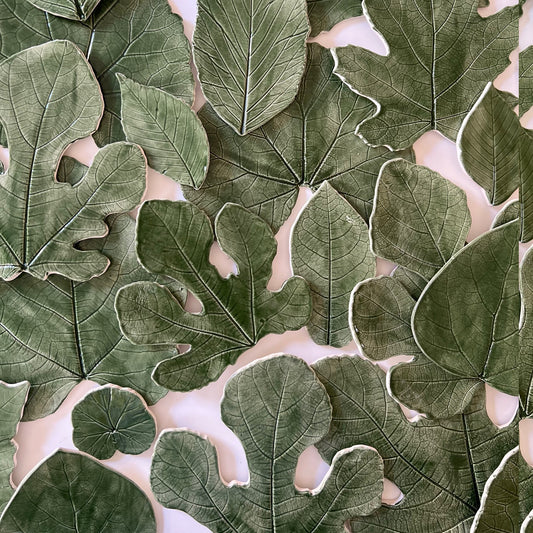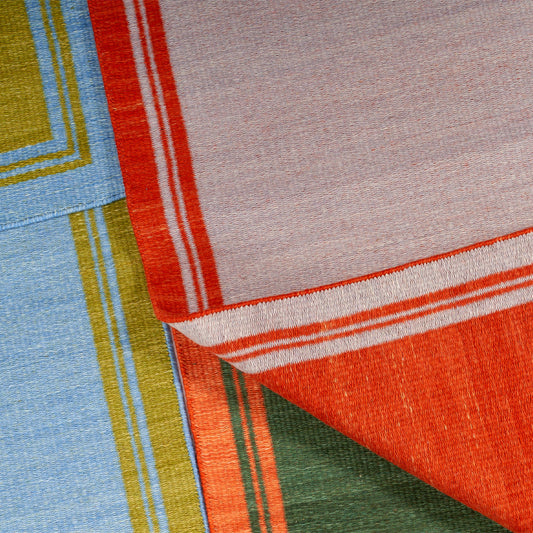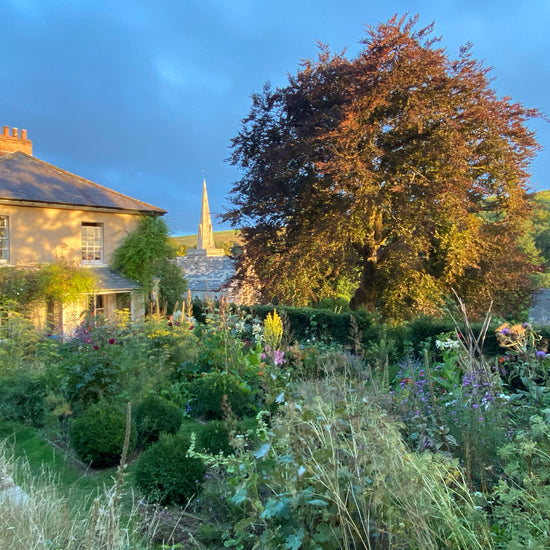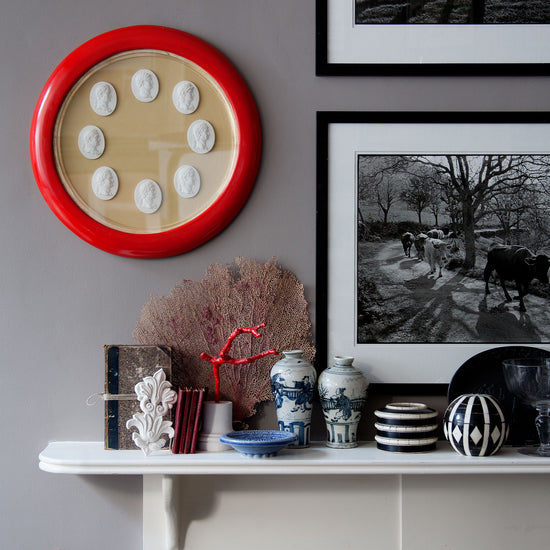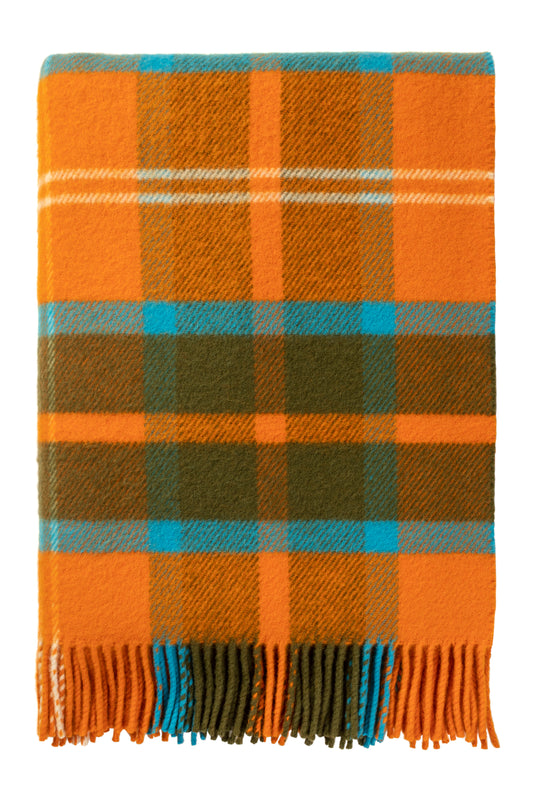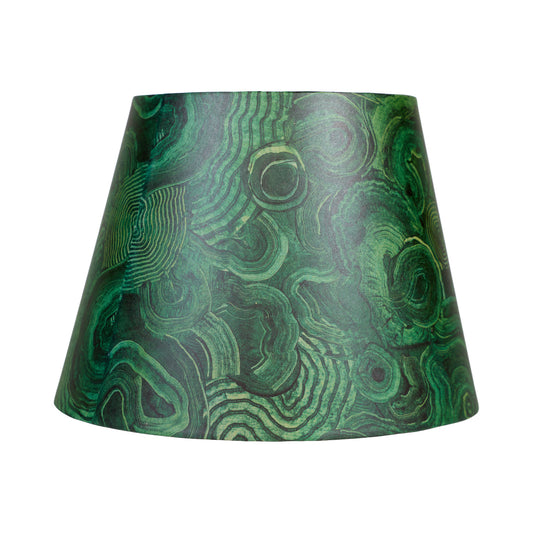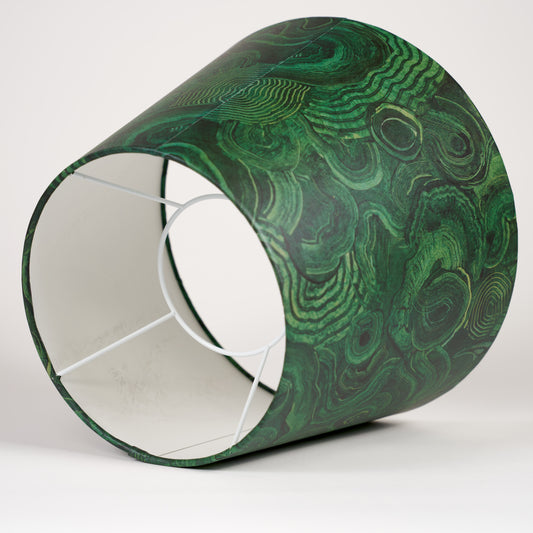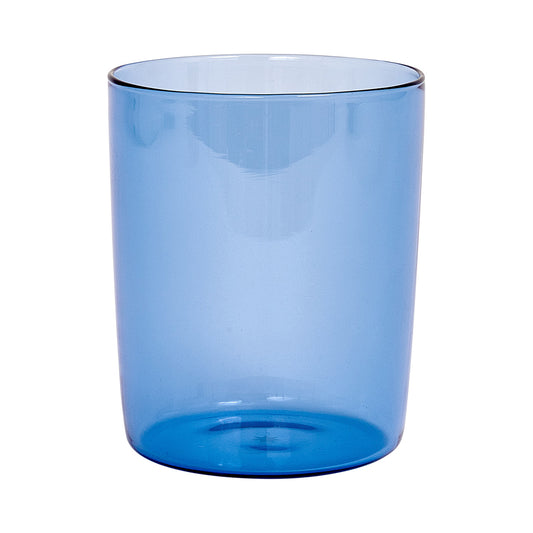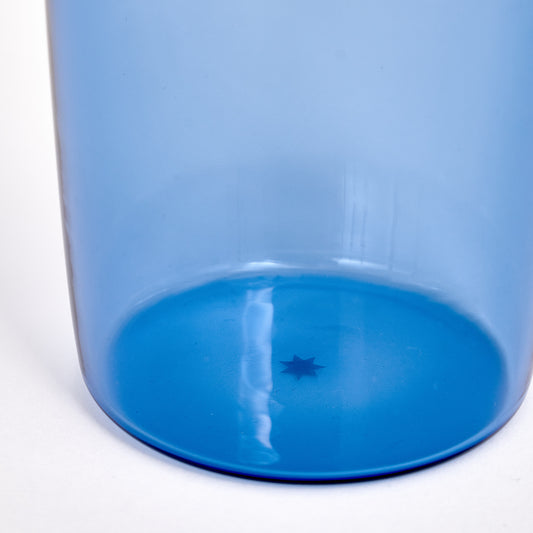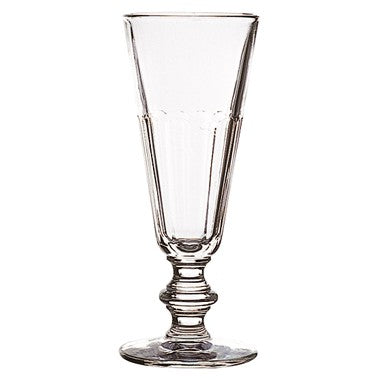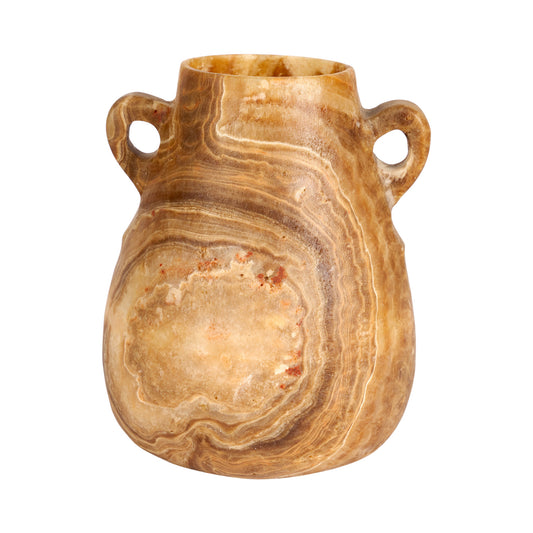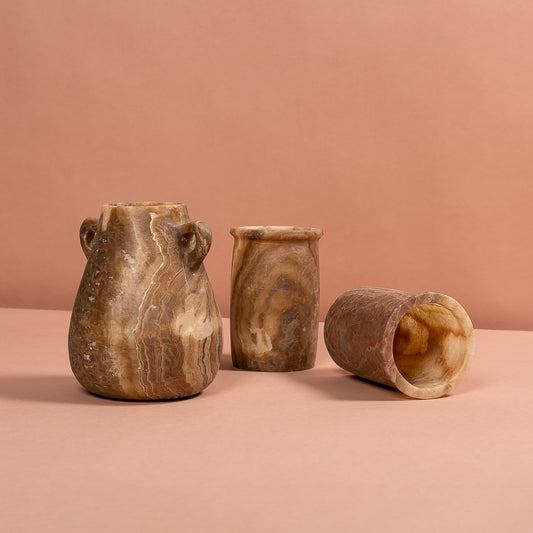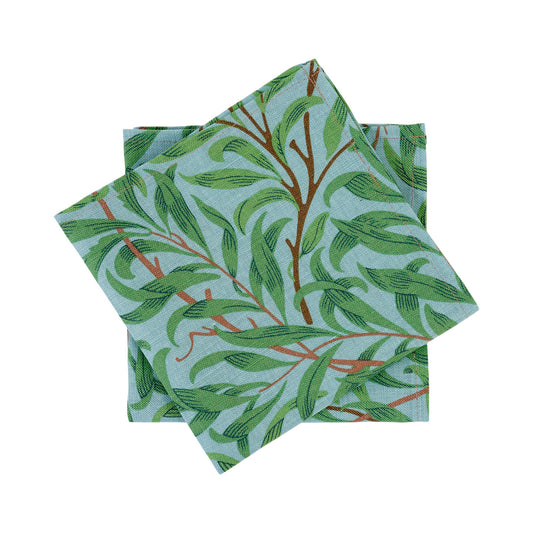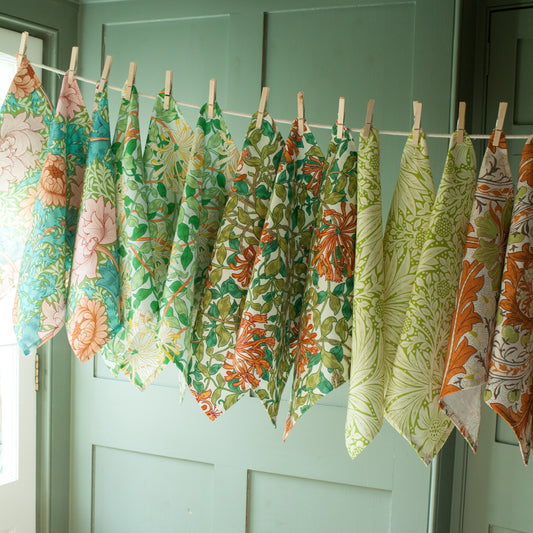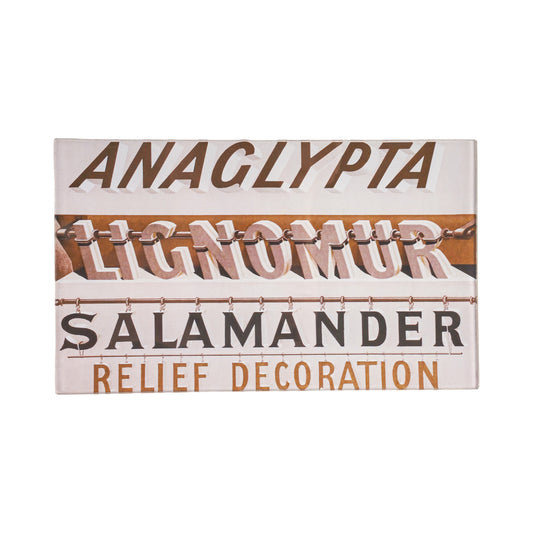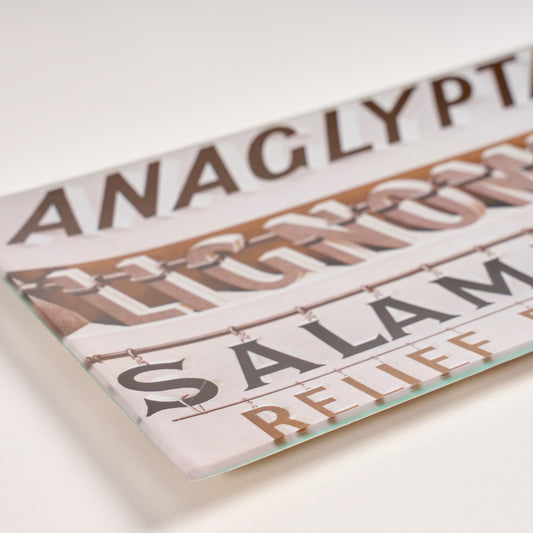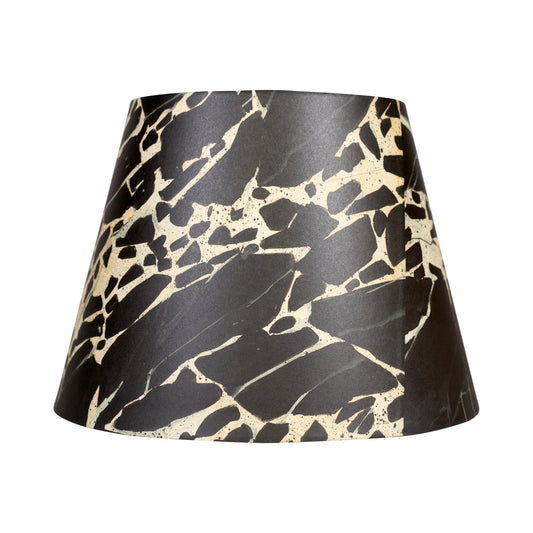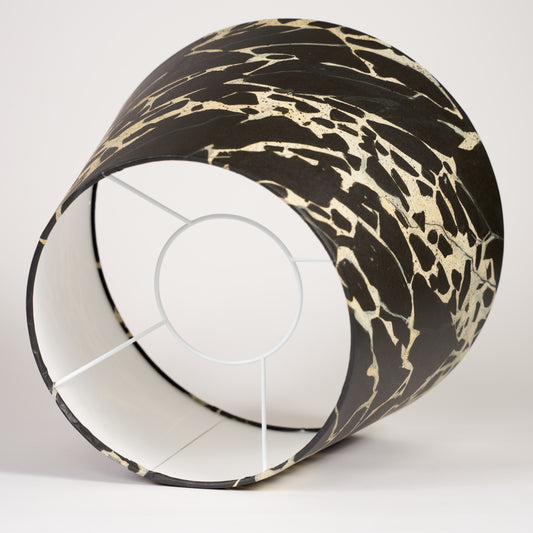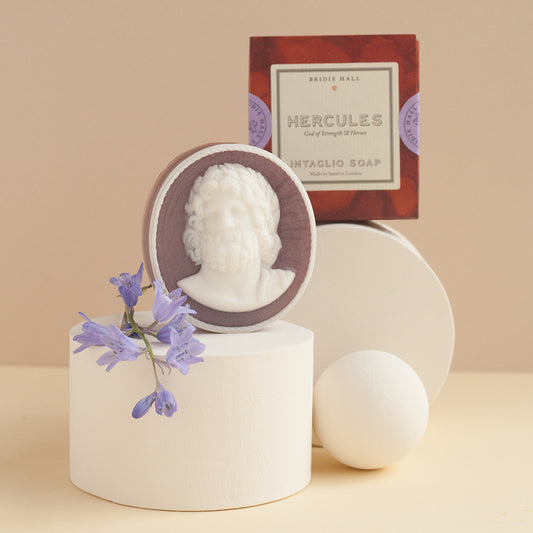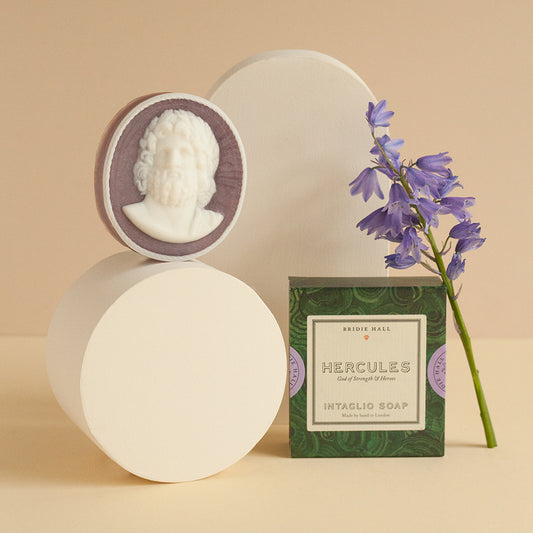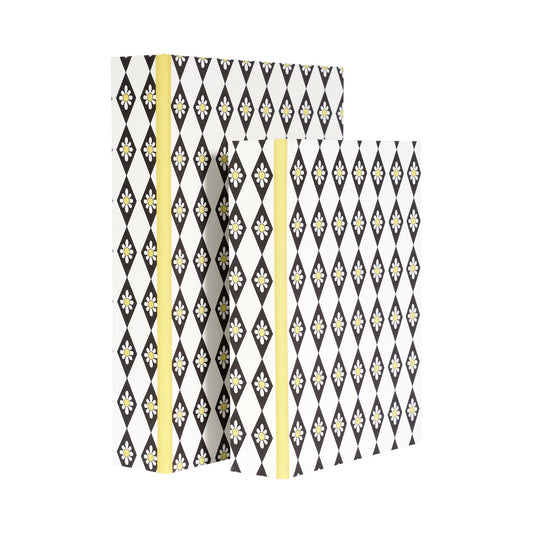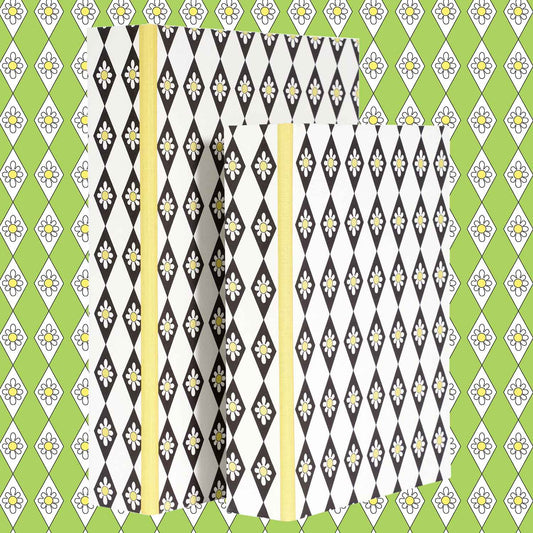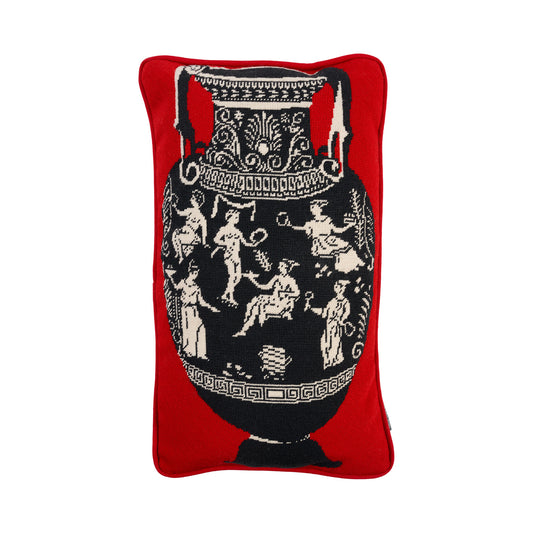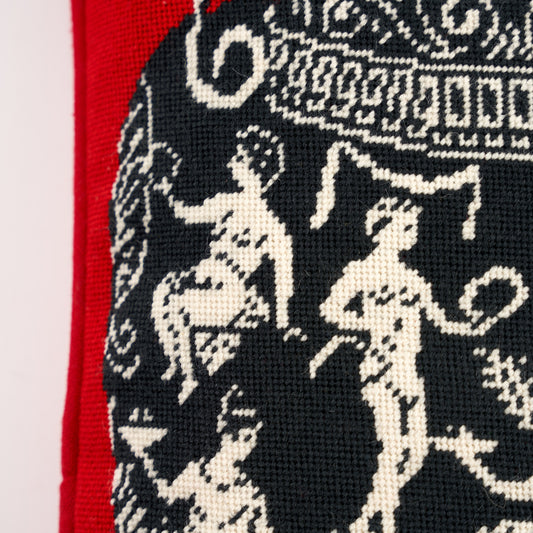“That’s a nice website you’ve got there, Ben“, said Jim when we spoke this morning to talk about bricks. “Did you really take all those photos? Is that your garden? We looked at them in the office and we loved them“. Well, Jim—here’s loving you back.
This is a post that I started to write last Wednesday, on one of those first hot days of real summer, but I’m only just finishing up now.
From time to time, you have a day which really makes you realise why you love architecture, and building houses.
Yesterday – well, yesterday was a pretty hectic day. And I can’t say I was loving the fact of having to get myself over to Marylebone Station in the afternoon and catch a train out to High Wycombe to meet my client. We were then driving together up to the H.G. Matthews brickworks, to choose the colour of brick for the new house.
I’m afraid I’ve had quite a lot going on recently. Too many things on my plate, perhaps? If I’ve been a bit short with you – I apologise. If you’ve emailed or called, and I haven’t replied – please bear with me. I’m trying to get through my list, but more things seem to be added to it every day than I manage to cross off. Do you know the feeling?
So – it was in that mood, slightly, that I set off to meet my client Gillian and to go to choose her bricks. London basked in hot sunshine. But I regret to say I’d have been happier to just carry on in the office, getting through stuff.
We crawled our way through the heavy traffic of Buckinghamshire suburbia towards Bellingdon. Suddenly, as we got close to the brickworks, suburbia… depleted. For a minute, one could be in old, real countryside. And we turned into the Matthews Brickworks.
The bricks are for our project near Henley – extensions and alterations to a beautiful early Georgian house. A long time ago, we started researching bricks, and I found Jim Matthews, and starting chatting to him about his traditionally made, wood-fired bricks.
In the 18th century, every little town and village in ‘brick’ (that is to say, clay) country would have had its own brickworks. Probably within a mile of the house. These days, you have to go further. Most bricks are shipped hundreds if not thousands of miles. But the same belt of clay runs beneath Bellingdon and Henley, and so although we’re 50 miles away—well, in today’s terms, that’s just up the road.
What drew me to HG Matthews was word that they have started making their bricks using wood fired kilns again. For most of the 20th century, bricks were fired using either coal or, latterly, oil. But it’s only wood firing that creates that magical alchemy of heat and smoke that, in parts of the kiln, ‘burns’ the bricks—with a beautiful black glaze. Originally considered to be a fault, by the early and mid-eighteenth century builders started celebrating the ‘burnt’ bricks in their buildings, with increasingly decorative effect. The headers (the short end of the bricks) became sought after. Many handsome later-18th century buildings were built only with burnt headers.
With coal and oil-fired kilns, the art, or accident, of burned bricks vanished. The heat is clean; there is no wood smoke in the kiln, and no discolouration in the bricks. In recent years, various brick manufacturers have decided the best way to replicate burned headers is to glaze or dye them. But like all simulacra, something is not quite right.
So it was a particular pleasure to meet Jim, and find out that they’ve decided to revive the completely authentic way of making old fashioned bricks. The bricks are not easy to produce, as there can be many failures in a kiln firing, and they are not cheap, but they are the real thing.
Here are a few photographs of our visit to the Brickworks.
Inside the office. I crave a wall planner like that in my life, don’t you?
That’s our job. 56,000 bricks – no small quantity.
I also crave a small desk bell in my life.
And a wall folder of ‘Deliveries’ and ‘Collections’ for the week. Who needs a computer when you’ve got a system as simple as this?
Bricks start life as a pile of clay dug a few hundred yards away. Water is mixed with the clay, in a process known as ‘puddling’.
Jim begins to explain the process. In a field of muddy clay.
It’s not entirely old fashioned. A giant digger scoops the puddled clay into the machine that starts the process.
From here the clay onto a conveyor belt
where its flint content can be assessed and crushed
In the crusher.
A corner of the brickworks with an old brick making machine…
The hand made clay tile department. That’s a pile of clay from which roof tiles are being made, by hand.
It has the characteristic of a friendly monster.
Racks of tiles drying. I was endlessly struck by the beauty of repetitive pattern making of simple industrial tools in the Matthews Works.
Industrial Heritage. In use.
A nice potter has made himself a little nook in one corner of the brickworks. A good synergy.
The walls of his studio surrounded by old brick moulds.
Which are used to make some of the most beautiful traditional brick forms you have seen. They have a sculptural quality.
Back in the production line, the clay finds its way towards the brick making machine.
The machine and the brick makers work in a perfectly choreographed ballet.
Everyone knows exactly what they are doing. Directly next door, are the hand made brick benches. We visited after hours – so they were quiet for the evening.
In hand-made production, the clay is thrown by hand into the wooden brick mould. This process gives the characteristic soft, creased appearance to the brick, as opposed to the smoother and more perfect finish achieved by the machine. An experienced brick maker will produce 1000 bricks a day from one bench.
Bricks are first air dried, then dried in heat, where the lights make them glow like gold ingots:
More bricks waiting to be fired.
The drying chambers are powered by biomass boilers.
With wood chipped from Jim’s woodland next door.
Stacks of wood lying in the yard. Softwood is chipped for the drying boilers. Hardwood is logged for the wood fired kilns.
The chip area. Needing refilling shortly.
A giant stack of wood, seasoning in the yard.
Dried bricks are stacked in a kiln. This is actually an oil-fired kiln. The pink bricks are ones from a previous firing that hadn’t quite cooked enough.
The kiln is stacked by hand, one by one.
The next door kiln was just firing up. Someone has left their cup of tea in the wrong place.
In a few hours that’s going to be a very hot cup of tea.
The furnaces getting going.
Next door is a recently fired kiln being emptied.
and we begin our tour of the yard, looking at the beautiful finished products
Several palettes of wood-fired bricks have been laid out for us to pick the blend that will match the existing walls at Fawley House. Burned headers on the right. Paler bricks from the edges of the kiln on the left.
Looking into a recently fired wood kiln shows how the colour graduation is achieved.
A glazed black header.. like a beautiful piece of ceramic art.
Demand for the wood fired bricks has exceeded expectations so much that Jim is building a massive new kiln to keep up.
Picking our colours.
Choosing our blend.
The machinery repair workshop.
Back to the office. This is one of the few offices where the presence of a picture of Churchill felt reassuring, not scary, or cynical.
In the office, a 19th century map with the Matthews land coloured yellow.
In one corner, just next door to the site of the current brickworks:
One suspects things haven’t changed very much.
A geological map showing the clay distribution in the Aylesbury area. Regular readers of my book or website will know I’ve got a bit of a thing for geological maps.
Ivy the office hound refused to be photographed.
But we both enjoyed trying.
The last word goes to a stack of handmade, wood fired bricks. The absolute best in the world; the real way of doing things.
Jim sends his bricks around the world to some unlikely places – Japan, Canada, Australia, across Europe. I guess that sometimes, in today’s world, you do have to go a long way to get the right thing. You can visit H.G. Matthews website here.








































































